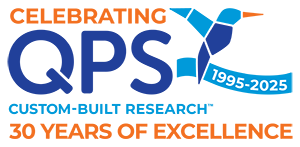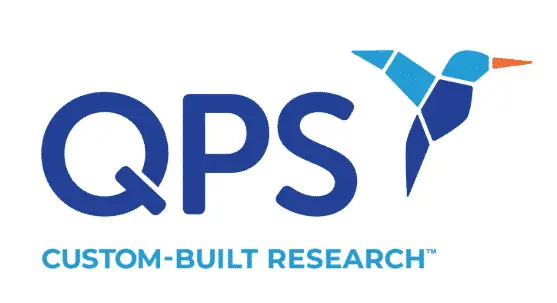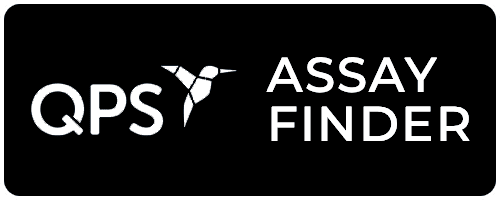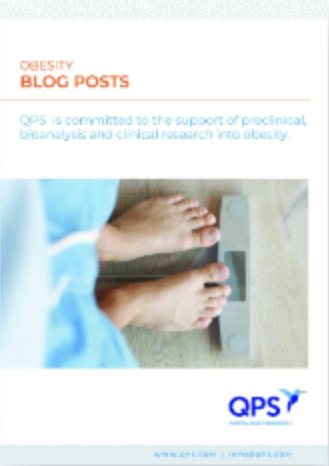Real-Time Reverse Transcriptase Polymerase Chain Reaction
Testing is the crucial first step to identifying and treating COVID-19. In the past few months, uncertainty has surrounded testing: how and if it works, who needs it, where to get a test, and when there will be enough. Globally, testing availability, variability, and approval by governing bodies varies by country. In the United States, while testing for coronavirus is technically available in every state, there remains a seemingly intractable lack of access to widespread testing.
As of March 31, 2020, 92 U.S. public health laboratories had undergone the Center for Disease Control’s (CDC) verification process for approving coronavirus tests under the Emergency Use Authorization (EUA). The EUA stipulates that as long as tests meet the Food and Drug Administration’s (FDA) standards for safety and efficacy, the test can be made available to the public without going through the normally lengthy approval process.
The World Health Organization (WHO) has encouraged health agencies to make testing top priority in their pandemic response, but the international response has been uneven. Widespread availability and use of testing has been key in reducing the spread of coronavirus in some countries, such as South Korea. However, Iceland has taken an even broader approach with a goal of testing its entire population, thus far achieving one of the highest proportions of tests performed by any country for the coronavirus.
This article is the first in a two-part series taking a closer look into the different types of testing available for COVID-19 infections and residual antibodies. There are two types of testing: real-time reverse transcriptase polymerase chain reaction tests (rRT-PCR) and serology tests. rRT-PCR testing is used to detect the presence of the coronavirus, diagnosing an active infection; serology tests look for the existence of antibodies, which indicate a previous infection and possible immunity. Since the novel coronavirus is still a very new public health challenge, the scientific community is still learning when, where, and how to use each of these tests. The first part of this series will address rRT-PCR testing.
Sample Collection
The rRT-PCR test is performed with a swab and diagnoses active infections by detecting viral RNA in clinical samples. The test is done either by or in consultation with a healthcare provider on both symptomatic and asymptomatic patients. A nasopharyngeal (NP) swab is introduced into either the anterior nares or the midturbinate region. Oropharyngeal swabs are also acceptable, and the CDC suggests collecting lower respiratory tract specimens if they are available. For patients who are intubated, a lower respiratory tract aspirate or bronchoalveolar lavage sample is recommended.
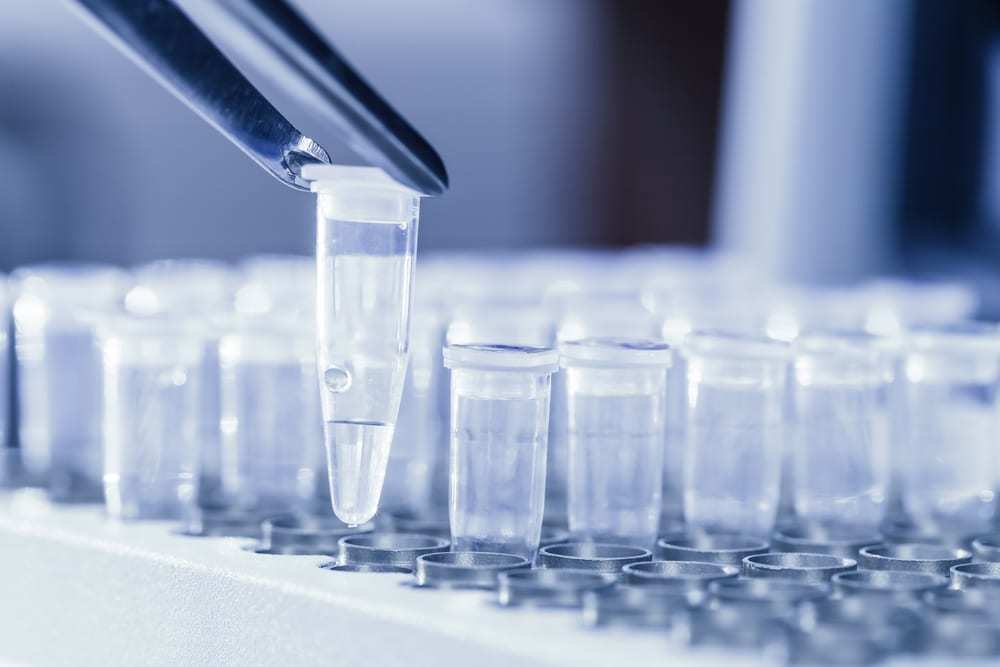
How the PCR Test Works
Some viruses, such as the novel coronavirus, have ribonucleic acid (RNA) as the carrier for their genetic material. Once the sample or samples have been collected, the lab adds a series of chemicals to remove everything except the RNA. Scientists add enzymes to transcribe the RNA into DNA, then put that DNA into testing apparatus. One such machine, the Roche Cobas 8800, can run 376 samples at once; each cycle takes between three and four hours. The machine heats and cools the samples, copying the DNA thousands of times; those copied fragments bind to viral genetic material. The chemical markers attached to the DNA emit fluorescence when the DNA binding occurs, and these flashes indicate whether the virus is present. The primary difference between different PCR test kits involves which coronavirus genes each test targets.
Challenges with PCR Testing
The PCR test has been difficult to obtain in the United States, and availability varies in other countries. In the US, problems began with technical difficulties in the test that the CDC created, which responded to non-novel coronavirus genetic material, yielding false positives. Supply chain issues, including shortages of nasal swabs, testing reagents, and other essential test kit components, have hampered the ability to conduct widespread testing and persist to this day.
Although the test only takes a few hours to run, other steps of the process are painstaking. Transportation to a centralized laboratory takes time, as does preparing the samples and loading them into the testing apparatus. Those factors, combined with the volume of tests being run, mean that rRT-PCR tests can take up to a week to return results. When trying to diagnose active infections that may result in a person being quarantined, that can prove problematic.
There are also challenges regarding the administration of PCR testing. Accurate results depend on the experience and expertise of the person performing the test; it is important to ensure the tip of the nasal swab reaches the deep anterior nares region. The condition of the sample collected is also a factor, since many samples are gathered at mobile testing sites and shipped to labs around the country.
Point-of-Care PCR Testing
Point-of-care (POC) tests, which are done in the doctor’s office or hospital, are in development and show promise for advantages in convenience and speed. These tests, however, require proprietary equipment and one-time use cartridges, which manufacturers are having trouble producing in sufficient quantities to meet demand. Additionally, POC tests can only run one sample at a time, while a traditional PCR test uses standard multi-well sample trays and can therefore more quickly provide a clearer picture of the infection rate in a population.
Abbott Labs is producing rapid POC tests that take five minutes for a positive result and 13 minutes for a rule-out. The test does not use the heating and cooling of samples that some other PCR tests need, and it is already in use at 18,000 locations across the USA. Abbott aims to distribute 50,000 of these tests a day.
These quick tests save hospital space and PPE, and they can let a sick healthcare worker know that they must self-quarantine immediately. As the availability of POC tests increases, hospitals stand to benefit immeasurably.
Check back next week for Part II of this series, which will focus on serology testing for coronavirus.
Are you looking for a CRO to assist with your preclinical or clinical drug development related to the novel coronavirus or COVID-19? QPS has CLIA-certified and GLP-compliant laboratories ready to fast-track your novel coronavirus and COVID-19 RT-qPCR/QPCR and Serological Assays and vaccine development programs. Since 1995, QPS has provided discovery, preclinical, and clinical drug development services. An award-winning leader focused on bioanalytics and clinical trials, QPS is known for proven quality standards, technical expertise, a flexible approach to research, client satisfaction, and turnkey laboratories and facilities. For more information, visit www.qps.com/coronavirus or email covid19study@www.qps.com.
